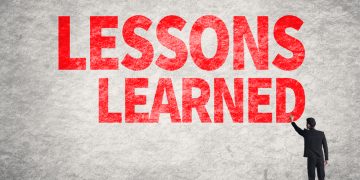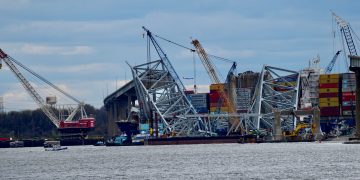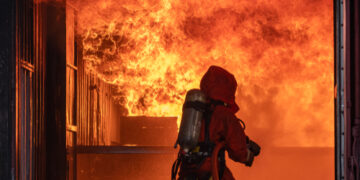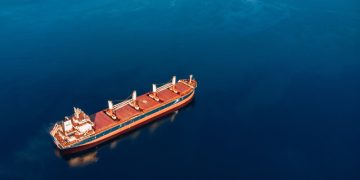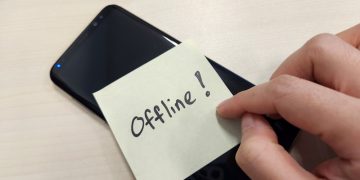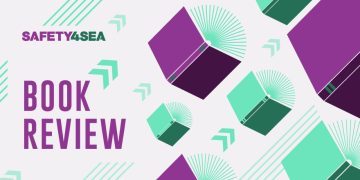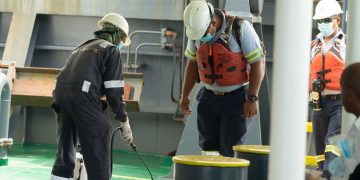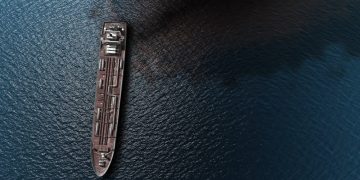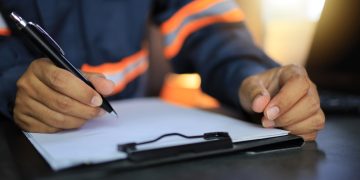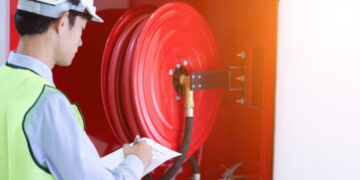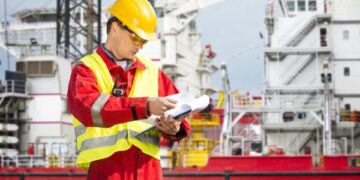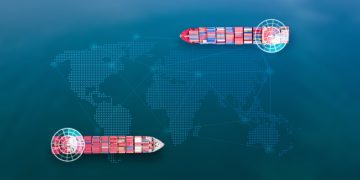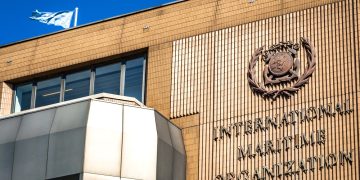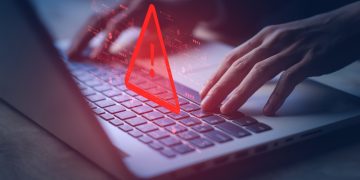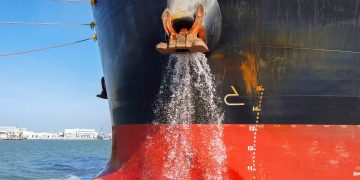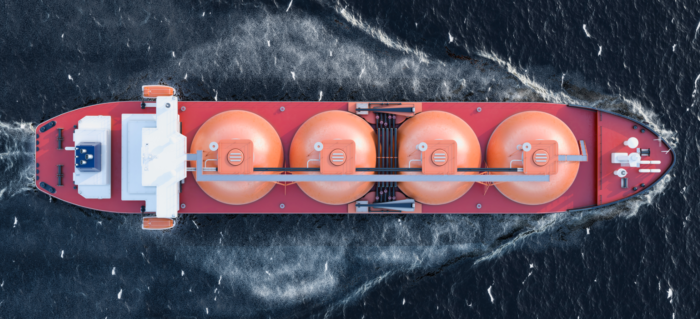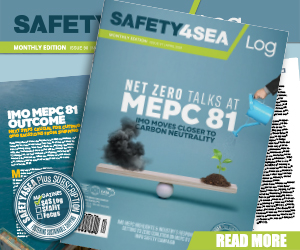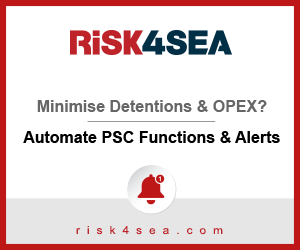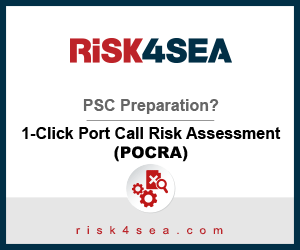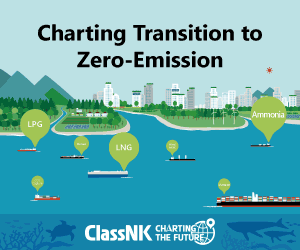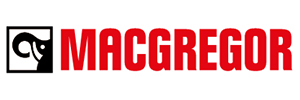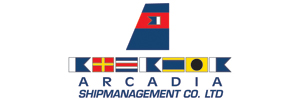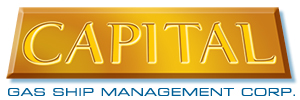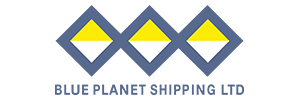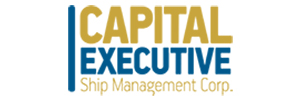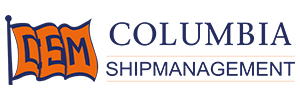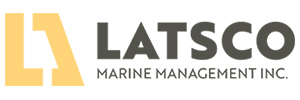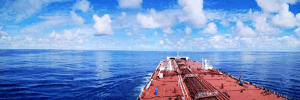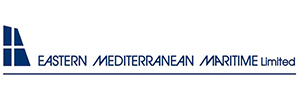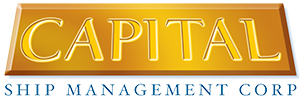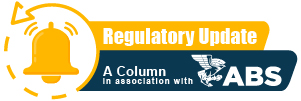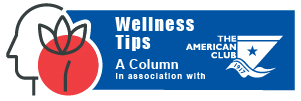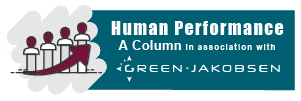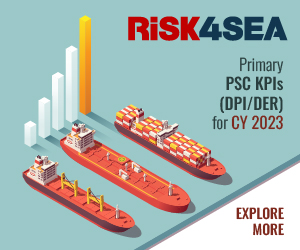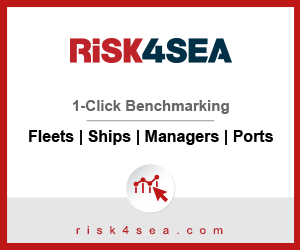SIGTTO published a report to provide guidance to assist the gas shipping industry in its efforts to reduce methane emissions from LNG carriers.
The document provides guidance on the standardised measurement and reporting of CO2 emissions. It first identifies typical sources of CO2 emissions from gas carriers and describes the methodologies for measuring CO2 emissions.
The reporting standards set by the International Maritime Organization (IMO) and European Union (EU) for CO2 emissions are then explained, covering both technical and operational efficiency.
Areas to consider
#1 Cargo tanks: Fugitive leaks from cargo tanks can typically occur at access hatches, tank skirts and around penetrations into the tank dome. Cargo tank domes have penetrations for process piping and for instrumentation and sampling. Accordingly, there are several locations that should be checked for leaks, such as flanges, valve stems, screwed connections and end caps.
The tank containment should be checked for fugitive leaks on a regular basis. The cargo tank hold space atmosphere should also be sampled to check for leaks.
Special care should be taken to check for fugitive leaks from cargo tanks after maintenance, particularly after drydocking. Where hatches to cargo tanks have been opened for maintenance, it is essential to monitor them for leaks after cargo is loaded into the tank.
#2 Cargo and fuel piping: Cargo and fuel piping is designed to minimise leaks, but there are necessary connections for process piping, instrumentation and sampling. Flanges and screwed connections are possible sources of fugitive emissions. Temperature probe pockets, liquid sensors and sampling connections are examples of items that should be checked.
Gaskets used to ensure tight connections may deteriorate over time and the connections may leak due to forces on the joint. These forces typically occur due to thermal cycling, mechanical stress or vibration. Large flange connections should be included during routine checking due to a correspondingly larger potential for leaks.
Flexible connections, including bellows and hoses, are not typically used if they will be constantly pressurised with vapour or liquid. If flexible connections are used, care should be taken to check for fugitive emissions that may occur from pin holes or material deterioration.
#3 Cargo and fuel valves: Cargo and fuel valves should be checked for leaks that may occur from valve gland packing and valve body joints. Process valves that are subject to regular thermal cycles, vibration and routine wear and tear from operations may need to be checked more frequently. Some process valves may not be under constant liquid or vapour pressure and have only intermittent service, so the detection of leaks will need to be planned accordingly.
Relief valves may be subject to continuous pressure or occasional pressure from cargo vapour or liquid. Understanding the construction of the valve is important for knowing where and at what interval to check. These valves may develop leaks at the sealing faces seat, the diaphragm and in the valve body.
For spring loaded relief valves leaks may occur from the valve disc seat. Some ships may have automatic vent valves that are connected to the vapour system. These valves could be a source of fugitive emissions if the valve disc is not sealing properly.
#4 Cargo equipment: Compressors and heat exchangers are possible sources of fugitive emissions. Any cargo pumps that are outside the cargo tank are also possible sources. Leaks may occur from shaft seals, casing, gaskets, penetrations for instrumentation and equipment valves.
There may be multiple sources of leaks for each equipment type and it is important to identify all the possible sources and record them individually with reference to the tag number of any relevant identified component. This will be helpful when creating a system that can effectively monitor for fugitive emissions.
#5 Combustion equipment: Combustion equipment, such as the gas combustion unit (GCU), boilers and engines, receive cargo vapour via piping from the cargo tanks. The fuel gas system includes valves, piping and instrumentation that should be monitored for leaks and recorded in the ship’s fugitive emissions reduction documentation.
As each item of equipment is unique, care should be taken to identify which areas of the equipment are exposed to cargo vapour and consequently may be a source of fugitive emissions. Identification should cover all parts of the system, including the engine cylinder head and engine crankcase. Operational emissions should not be considered as fugitive emissions.
Detect, Measure and Quantify
#1 Detect: Detection of methane emissions can be carried out by using various methods, the suitability of which may depend on whether the installation is fixed or mobile, and whether it is on land or at sea. Fixed assets include terminals on land or fixed offshore structures and mobile assets are, typically, ships.
Methods used on land, such as truck-mounted detection, and other methods for fixed assets, such as survey by drone, aircraft and satellite, may not be practical for a ship. Open-path detection and point sensors may be affected by atmospheric conditions and it could be challenging to install and obtain representative readings on a ship. This situation may improve with advancements in technology.
For LNG carriers, practical options include detection using point sensors on portable and fixed detection equipment. This type of method provides a high level of confidence in detection and it may be possible to measure the rate and quantify the leakage as well. For cargo containment, thermal imaging may also be used to detect leaks and then measure the rate to quantify the leakage. The appropriate frequency of detection depends on the system type and source of leak, and this frequency should be specified in the ship’s fugitive emissions reduction documentation.
#2 Measure: Measurement is carried out to enable detection or to determine the emission rate. For example, by using suitable sensors for individual sources, it is possible to use the indirect quantification methodology in BS EN 15446.10.
The fugitive emission reduction plan should detail each aspect of the monitoring process, including the items to be monitored, frequency of monitoring and method of detection.
#3 Quantify: Fugitive emissions need to be measured or calculated to quantify the emission rate. This will give the amount emitted over a period, which should be recorded and used to check the effectiveness of continuous improvement measures.
The process may be carried out automatically by the detection equipment used or may need to be modelled. Assessment of quantification methods has been carried out by organisations such as ITRC, MARCOGAZ and the US National Academies of Sciences, Engineering and Medicine (NASEM).




